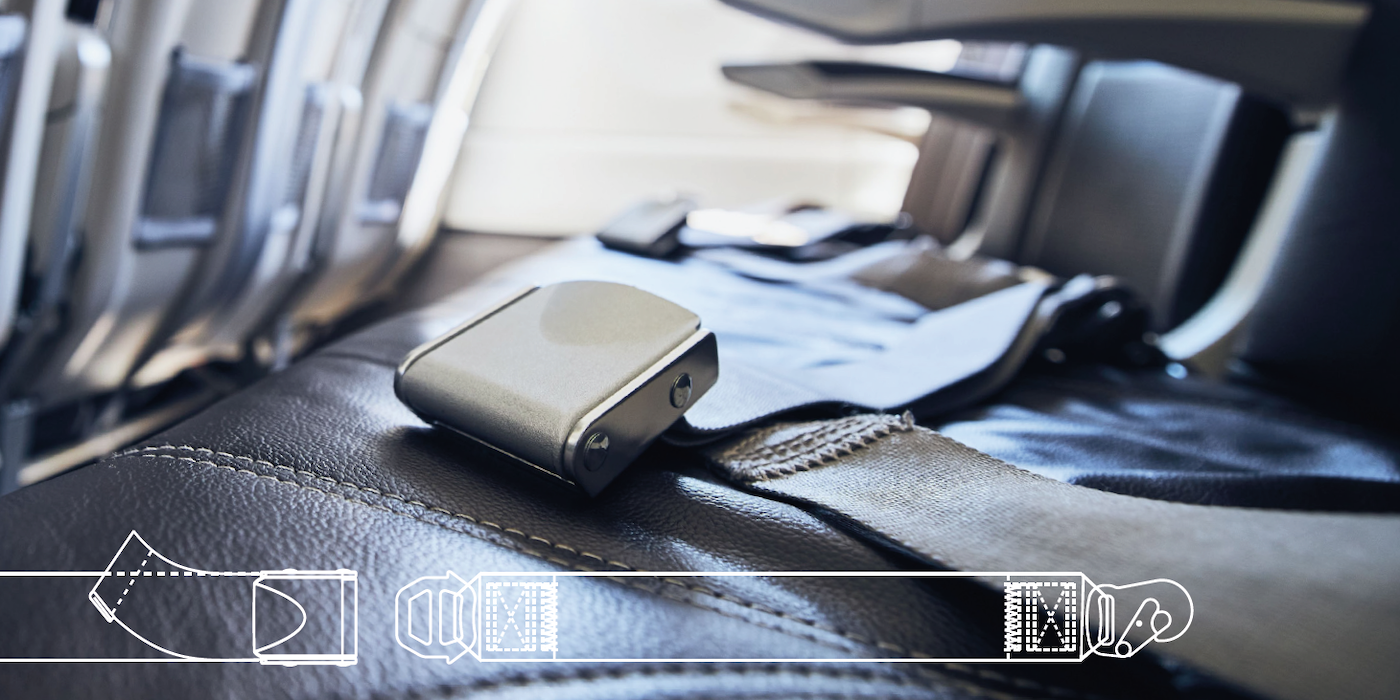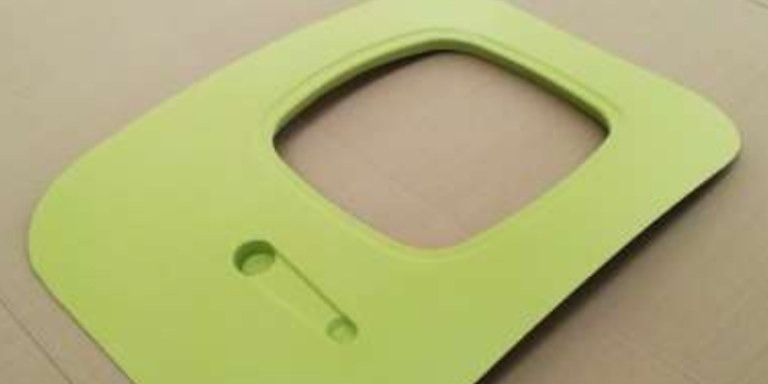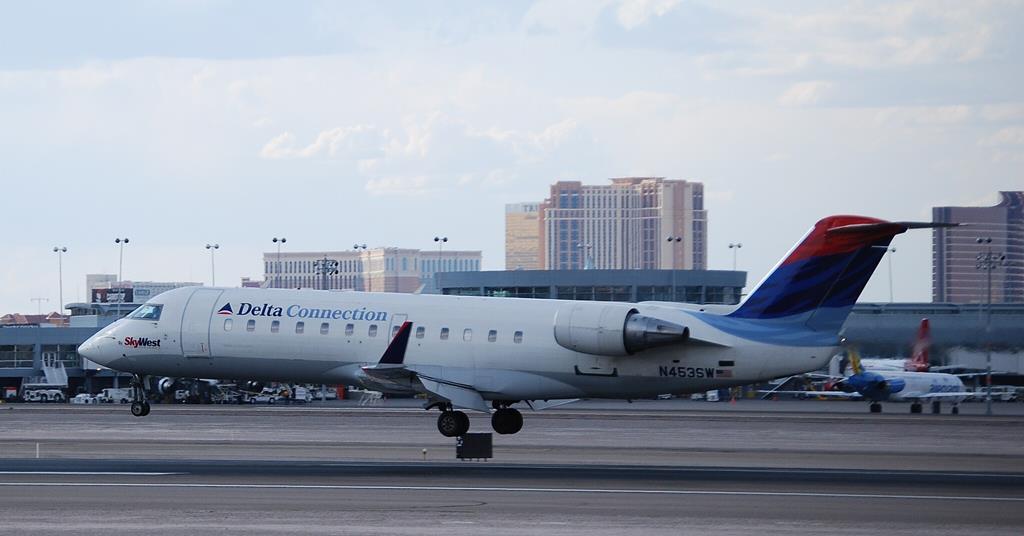Most airlines have spent the 2020s navigating day-to-day operational challenges. Ramping up capacity again to meet a surge in demand after the COVID-19 pandemic proved to be difficult and frustrating. Those headwinds were compounded by commercial aviation’s supply chain and production crisis alongside engine durability and quality issues that have grounded a substantial number of aircraft.
But more than two decades after
Boeing launched development of its last clean-sheet aircraft, a new survey of airlines, lessors, manufacturers, component suppliers and maintenance, repair and overhaul providers reveals a high degree of interest in a next-generation narrowbody that Embraer has been studying for some time. Results of the global survey, conducted by Aviation Week Network in partnership with analysts at Bank of America, show that a large share of operators are eager for both next-generation passenger jets and more competition in the commercial aircraft market. They are also willing to consider unusual designs. Airlines accounted for 45% of the 492 survey respondents.
“The survey respondents are supportive of Embraer doing this by themselves, even more solo than with
Boeing,” says Ron Epstein, Bank of America global research aerospace and defense analyst. “There is real appetite for a third legitimate manufacturer.”
Having dominated the commercial aircraft market as a duopoly since 1987, Airbus and
Boeing face little competitive pressure to develop cutting-edge successors to the A320neo and 737 MAX families. Both companies say they do not anticipate a new narrowbody entering service before the mid-2030s, and recent comments indicate that their timing continues to slide to the right.
Airbus Group CEO Guillaume Faury wants to see production stability at high rates and better margins in the airframer’s commercial aircraft business and for its suppliers for several years before a launch decision. And
Boeing CEO Kelly Ortberg says that while his company eventually will build a new commercial aircraft, the timing is not right to start now.
Boeing has only just begun the long process of rebuilding from its self-inflicted production and quality crisis. Technology evolution timelines have put the two incumbent players on similar terrain. Both also have substantial backlogs that an earlier launch of a successor product would threaten.
Industry veterans say the go-slow approach by Airbus and
Boeing, which runs counter to the pressing need for airlines to reduce emissions, may have opened the door a crack for a third player to disrupt the duopoly.
“The path forward for a killer product isn’t mysterious: It’s a better A321XLR with a better wing, better engine power and newer features,” AeroDynamic Advisory Managing Director Richard Aboulafia says. “The A321 is still based on an almost 40-year-old platform.”
“Airlines want something that is like an A320neo in terms of range and size,” Epstein says. “It does not have to be radically new. They don’t have to reinvent the wheel.”
Boeing’s previous CEO, David Calhoun, predicted that disrupter would be Comac, which introduced its C919 into the Chinese domestic market in 2023. But the C919 is based on present-day technology, and skeptics note that Comac faces the hurdles of achieving certification by international airworthiness authorities and setting up a far-flung maintenance network if it truly wants to be a global competitor.
Embraer has looked at upsizing into the narrowbody market before, but it concluded that taking on the duopoly would be too risky. After a scuttled merger with
Boeing, the Brazilian airframer is giving the idea a second look as it considers future investments. Embraer has quietly continued studies of various aircraft concepts and had signaled that it could announce a decision on its next development in 2025. But CEO Francisco Gomes Neto appeared to pull back on that at the end of 2024, signaling that a launch decision might not come until after 2030.
“They are not ready,” Aboulafia says. “This has to be some grand alliance of suppliers, financiers and even countries. It could be that Gomes Neto’s job is to come up with an idea and attract investors and partners. If they show up, then Embraer builds it.”
Yet customers appear to be eager to order sooner rather than later. An overwhelming 85% of airline respondents and 78% of total respondents agreed or strongly agreed that a new aircraft for service entry between 2029 and 2032 equipped with the latest generation of current-technology engines—such as an evolution of the Pratt & Whitney geared turbofan, the CFM International Leap or Rolls-Royce’s UltraFan project—would be “compelling to purchase.”
A commanding 71% of all respondents agreed or strongly agreed that if Airbus,
Boeing and Embraer all launched a new aircraft for service entry at roughly the same time, they would still go for the Embraer offering if they were convinced of its merits; only 5% of airlines and 6% overall disagreed. More generally, 81% of the airline respondents said they would be “very supportive” of a third commercial aircraft manufacturer.
According to industry sources, a group of large airlines has hinted to Embraer that they would place sizable orders for a new aircraft, should it be launched.
“Given where
Boeing is now and where travel markets are going, it does seem to be now or never for Embraer,” Epstein says. “The sentiment could change in five years.” He believes there is a “50-50 chance” that Embraer will launch a larger commercial aircraft in the coming years. Epstein believes that service entry could occur in the early 2030s, as airline preferences in the survey show. On the other hand, Embraer has demonstrated its cautiousness throughout its history and could opt for a less risky path, which could be a new executive jet.
In commercial aviation, there are also unconventional disrupters. Backed by a $235 million U.S. Air Force development contract, California startup JetZero is working on a blended wing body aircraft that could be used as both a military tanker and a civil airliner. The company is hoping the aircraft, powered by conventional engines, could enter service in the middle of the next decade.
The survey results indicate a clear preference for a more economical, longer-range, next-generation aircraft that can replace the 737-8 and A320neo. The two aircraft have been the baseline versions of the
Boeing and Airbus narrowbody families, yet the larger A321neo has become the best-selling type by far in recent years, and
Boeing has seen some improved sales success for the 737-10, even though the type has not achieved certification.
So what do airlines want in a new aircraft? The most votes (47%) were for an aircraft in the 150-179-seat category, while 26% of respondents preferred a larger capacity of 180-199 seats. Only 9% of airline respondents favored a cabin with 230 or more seats. In a notable contrast, the smaller number of lessor respondents expressed preference for a slightly larger cabin; 43% chose 180-199 seats and 29% 200-229 seats.
Respondents also showed a preference for longer range, with 52% of airlines voting for a narrowbody that could fly up to 4,000 nm, exceeding the baseline versions of the 737 MAX and the A320neo considerably. Only 25% said 3,500 nm would be sufficient, while 23% would prefer up to 5,000 nm—beyond the range of the A321XLR.
Turning to the fuselage, 41% of airline respondents and 43% of lessors expressed a desire for a traditional narrowbody design, while 28% of airlines favor a small widebody, an architecture most recently studied for
Boeing’s proposed and then shelved New Midmarket Airplane (NMA) concept. “Maybe
Boeing’s NMA wasn’t a terrible idea,” Aboulafia says.
Notably, 12% of airlines see a blended wing body as the most promising option, but only 2% favor the truss-braced wing option pursued by
Boeing in the X-66A project.
Thirty-two percent of airline respondents said a 15% overall improvement in operating costs would be sufficient in a new aircraft, but 44% want a 20% gain. Two-thirds of respondents are seeking a 15-20% fuel burn reduction over the existing generation of aircraft, while 17% want a gain of 25% or more. That is a significant statement by customers, as manufacturers have been warning that technology will not be ready to meet expectations for some time.
Potential buyers also largely share the view that the commercial aircraft supply chain could support a third manufacturer—more than two-thirds agreed or strongly agreed, while only 9% disagreed or strongly disagreed.

 www.aircraftinteriorsinternational.com
www.aircraftinteriorsinternational.com

 www.aircraftinteriorsinternational.com
www.aircraftinteriorsinternational.com

 www.aircraftinteriorsinternational.com
www.aircraftinteriorsinternational.com

 www.aircraftinteriorsinternational.com
www.aircraftinteriorsinternational.com
